Sir Rowland Hill was born on December 3, 1795, in Kidderminster, England. Hill revolutionized the postal system by establishing a uniform minimum price of one penny, leading to the creation of the first postage stamp.
By 1807, Hill was already a student teacher at the same school where his father taught. Twelve years later, in 1819, he founded the Hazelwood School, in nearby Edgbaston. Hazelwood was unique, as it had a science laboratory, swimming pool, gymnasium, library, gas-powered lights, and central heating – at a time when other schools were very poor. Though the school closed in 1833, its model was adopted by other schools in England.
Hill first became interested in postal reform in 1835. At the time, the cost of sending a letter in England was very expensive. Each letter was weighed individually and priced according to the weight and distance. In addition, the addressee instead of the sender paid for the mail, and the addressee could refuse to pay! This resulted in not only very high operating costs for the Post Office, but heavy annual losses – due to refusal of payment.
In January 1837, Hill presented a pamphlet titled Post Office Reform; Its Importance and Practicability to the Chancellor of the Exchequer. Hill recognized that the recent industrial revolution had significantly increased literacy among English citizens. He knew that this rise in literacy would result in a greater mail volume if the postage rates were only lowered a bit. So, the reform-minded Hill proposed the use of adhesive postage stamps and stamped envelopes. By making the sender responsible for the delivery fee, the Post Office could stop losing money on refused letters. Plus, a uniform, low rate of one cent per half-ounce would make mailing a letter affordable for the Post Office and the public. Letters didn’t have to be weighed and logged individually anymore, cutting the administration costs drastically.
Some in the British government mocked Hill’s ideas, saying they were “wild and visionary schemes.” However, merchants, traders, and bankers believed the current system was corrupt and hindered their business and campaigned for Hill’s plan to be implemented. In 1839, Hill received a two-year contract to run his new system. He lowered rates and correspondence increased 120% within a few months.
Hill’s plan also called for the creation of adhesive postage stamps. The design of the stamps was open to a competition that received 2,600 entries. However, none were considered suitable, so they selected a profile of Queen Victoria that was used on an 1837 medal (and based on an image of her as a princess).
Finally, the Penny Black was issued on May 1, 1840, though it wouldn’t officially go on sale until May 6. The issuance of the Penny Black was the first major step in mass communications. Mail service became affordable to every British citizen for the first time. From that day forward, any Englishman from any walk of life could correspond with any other person, anywhere in England. In 1839, the year before the Penny Black was issued, the British postal service moved 82 million pieces of mail. In 1840, the first year of the issue, the Penny Black more than doubled the mail volume to over 169 million pieces of mail. Soon, other countries would follow with their own first issues.
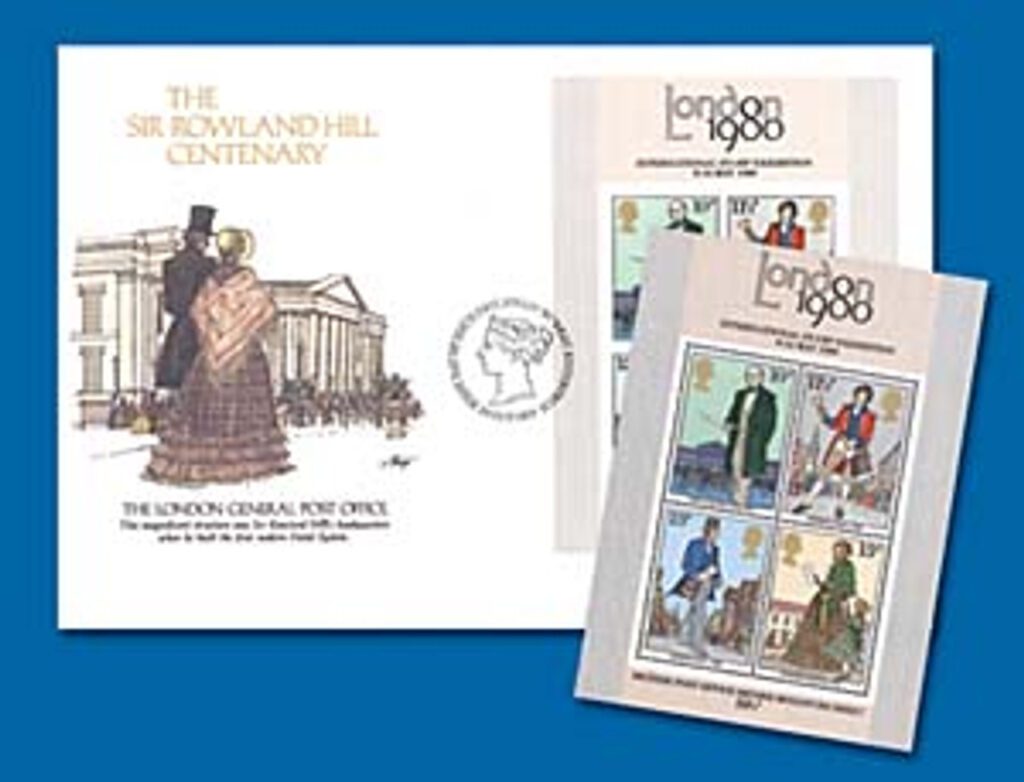
Hill worked at the Post Office until 1842. After that, he was made director of the London and Brighton Railway, where he lowered fares, expanded routes, and made the trains more comfortable. Hill returned to the Post Office as Secretary to the Postmaster General and then Secretary to the Post Office from 1854 to 1864. For his important contributions, he was knighted as a Knight Commander of the Order of the Bath and made a Fellow of the Royal Society. Hill died on August 27, 1879. The Post Office created the Rowland Hill Fund for postal workers in need and the Royal Mail established the Rowland Hill Awards for philatelic “innovation, initiative, and enterprise.” Over the years, more than 100 countries have honored Hill on their stamps.
Click here for more conditions of the Penny Black plus stamps honoring the Penny Black.
| FREE printable This Day in History album pages Download a PDF of today’s article. Get a binder or other supplies to create your This Day in History album. |
Discover what else happened on This Day in History.

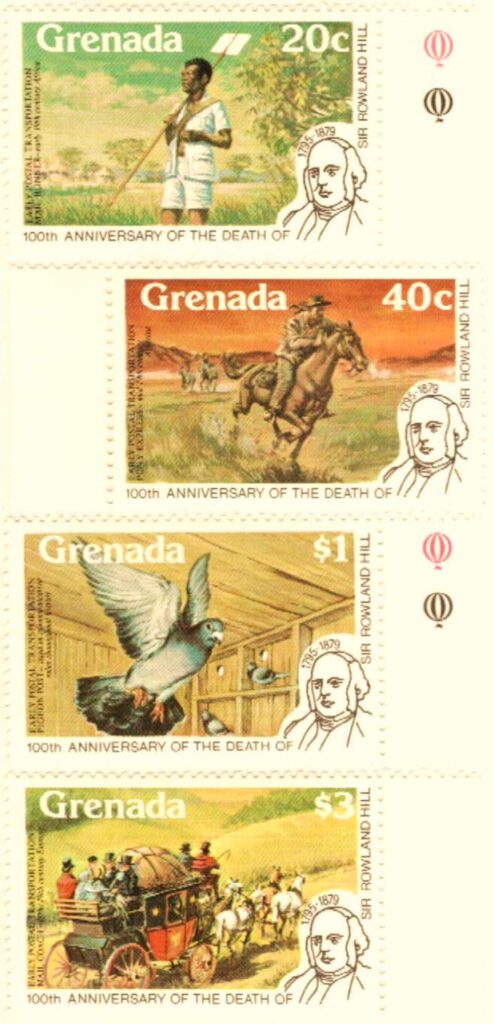
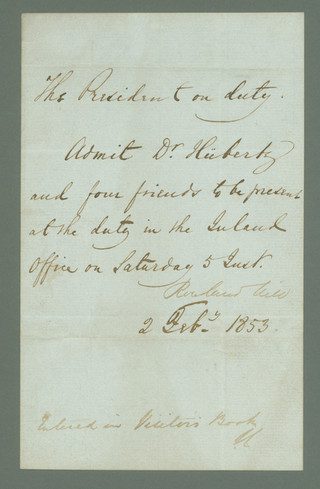
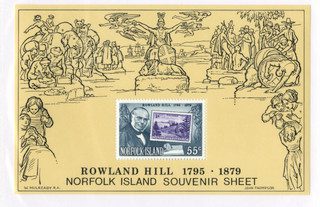
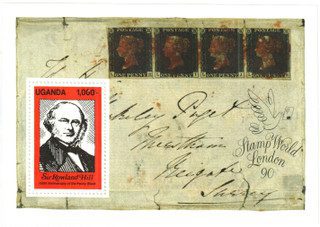
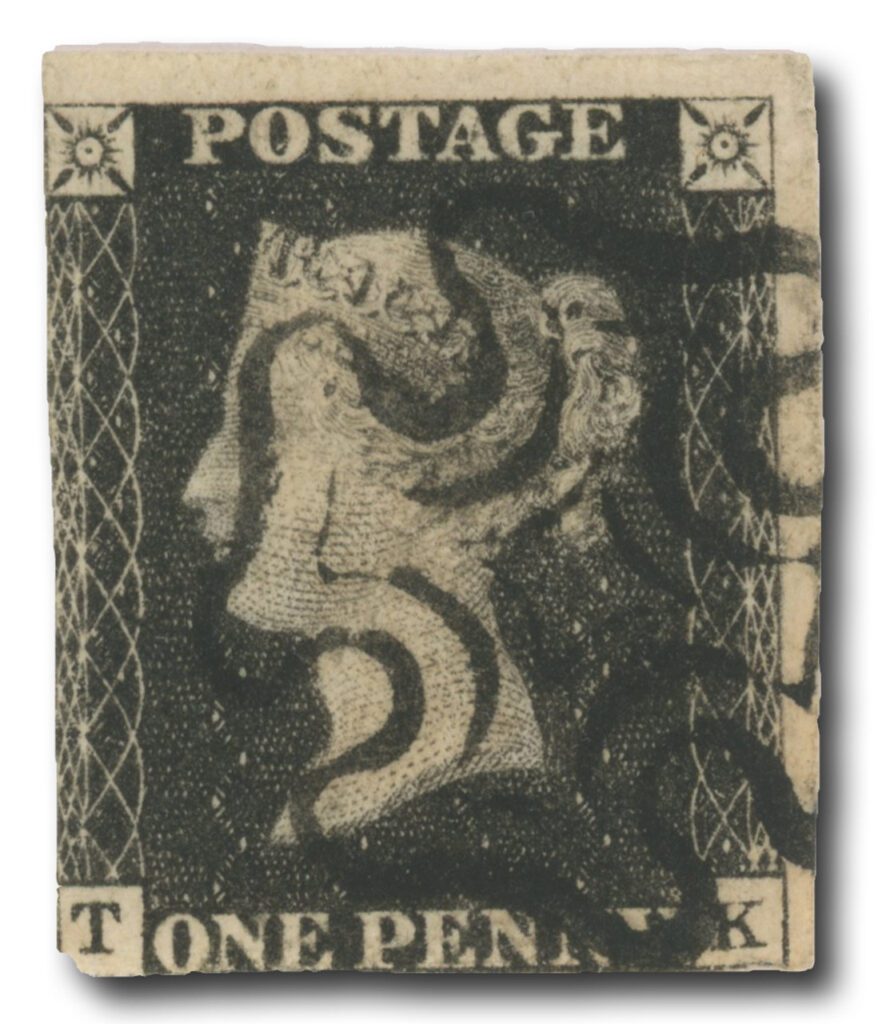
Terrific article. A true innovator
This is a very interesting story about Sir Rowland Hill who was very intelligent and creative.
I did not know that he also was instrumental in improving the Railways of Britain. Fascinating!